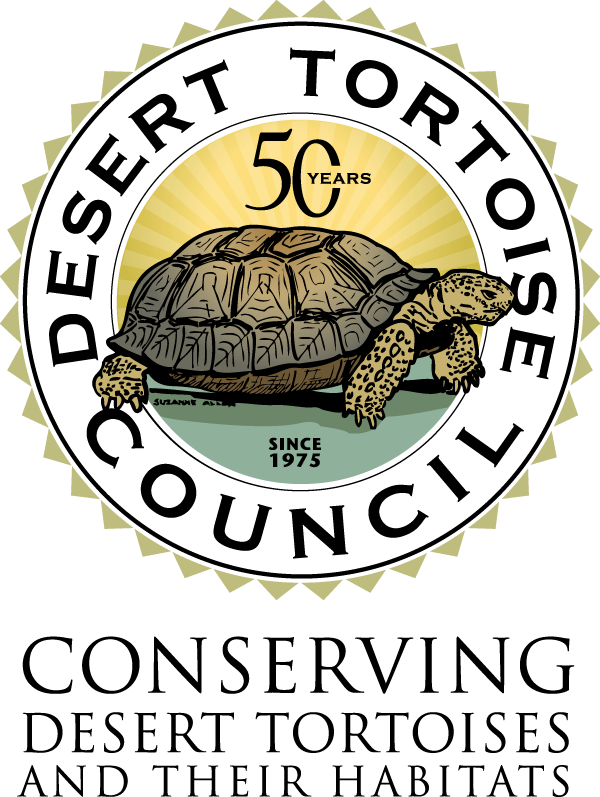Come on out and talk the talk with your friends that walked the walk in the Ivanpah Valley. The greater Ivanpah Valley, straddling the Nevada and California boundary and about 30 miles southwest of Las Vegas on the I-15, was already one of the most studied desert tortoise focal areas across the Mojave Desert when in the early 2000s proposals for solar energy development spurred intensive debate about the compatibility of renewable energy and the future of tortoise populations. In response, baseline monitoring was incorporated into research with renewed interest. On this field trip, we will visit the Silver State Study Site – at ~10 years, a new study area and a pinch point for desert tortoise habitat connectivity between the gnarly Lucy Grey Mountains and Silver State Solar Development Site. We will discuss the intensive tortoise clearances for the area, 10 years of post-translocation monitoring results, weather events that caused the surprise appearance of small tortoises, coyote predation, and just how the tortoise population is doing in this rocky connectivity corridor. Next, we will visit the Sheep Mountain Study Site representing open habitat and established in 1978 by our own Dr. Alice Karl. The Sheep Mountain study site was re-visited for population surveys by others in the 1980s, and 90s, and finally incorporated into the Ivanpah Valley Connectivity Study and researched continuously for the past 10+ years. Sheep Mountain results inform desert tortoise longevity and demography, raven predation, increasing OHV use on public lands, connectivity among study sites like Silver State and McCollough Pass, remote sensing habitat variables, new developments in population monitoring, and the future of these sites in the face of planned development. Both sites will be discussed during this year’s Desert Tortoise Council in a session featuring Ivanpah Valley Connectivity Research. This field trip will provide ample time to discuss experiences and views of the ones that lived it and will be there to talk with you about it.
We will depart the Palace Station at 0900 on 24 February 2026. Please arrive early so we can get attendees to their correct vehicles and actually be driving by 0900. The meeting point will be in the northwest portion of the Palace Station Parking area at UTM Coordinates 664075/ 4001440 (see map). Bring water, lunch, snacks, and good walking shoes. It may be cold and windy so please bring warm clothes. Expect to walk on rocky or sandy surfaces with moderate slope. Plan on a return of about 4 PM.
Please contact Peter Woodman at email hidden; JavaScript is required for any questions and to register for the trip. When you register, please let Peter know if you can drive and, if so, type of vehicle and number of passengers you can take so he can set up car pools. There is a maximum of 40 attendees so register early. Although roads are in reasonable condition vehicles should have some clearance.

